What is the “Suicide Squad,” and who are they?
Quick Answer: The Suicide Squad is a deniable organization under control of the United States Government. It is comprised of death row inmates of Belle Reve Penitentiary who, in exchange for reduced prison sentences and the ability to move outside the walls of the prison, are tasked with heavily dangerous “suicide” missions. It is overseen by Amanda Waller and includes criminals like Deadshot, Rick Flag, Killer Croc, the Enchantress and Harley Quinn.
Some problems are best left to professional criminals.
DC Comics’ Suicide Squad (2016) is based on a comic organization comprised of some of the fantasy universe’s deadliest criminals. The group first debuted in 1959 in The Brave and the Bold #25. Since then, they have been revisited and reinvented a number of times.
So why is a gaggle of supervillains running amok in the city? The Suicide Squad initiative is a work-release program from incarceration, as well as the DC universe’s explanation for why its troublemakers are perpetually found on the loose. The Suicide Squad, first known as Task Force X, is comprised of death row inmates who exist as deniable, covert assets of the United States Government. In exchange for being allowed out of the confines of prison and reduced sentences, they are tasked with high-risk, black-ops, “suicide” missions. All of this is overseen from Belle Reve Penitentiary, under the directorship of morally ambiguous government agent Amanda Waller.
Robert Kanigher and Ross Andru created the original Brave and the Bold Suicide Squad, which featured Rick Flag, Sr., Karin Grace, Dr. Hugh Evans and Jess Bright. The early version of the Squad was a replacement for the Justice Society of America, whose members retired after the McCarthy Era. Later, writer John Ostrander revived the Suicide Squad in the Legends series, modifying the concept to today’s group of supervillians employed by the government on suicide run missions. The concept is essentially Robert Aldrich’s The Dirty Dozen (1967) in comic book form.
The Squad’s identity and purpose is top secret, and it has numerous run-ins with the likes of DC heroes such as Batman. The squad’s roster has a few longstanding members, like Rick Flag (whose father heads up the original Brave and the Bold squadron) and Deadshot and Captain Boomerang (who premiered in the Ostrander version), but much of the rest of its membership rotates, or is killed off, during the literary stories. New Suicide Squad, the latest iteration of the book which began publication in 2014 under DC’s “New 52” movement, adds Harley Quinn, the Joker’s on-and-off girlfriend, also featuring Deadshot, Deathstroke, Black Manta and Joker’s Daughter. The 2016 film, written and directed by David Ayer, includes a large ensemble cast of DC’s better- and lesser-known baddies. Here they are:
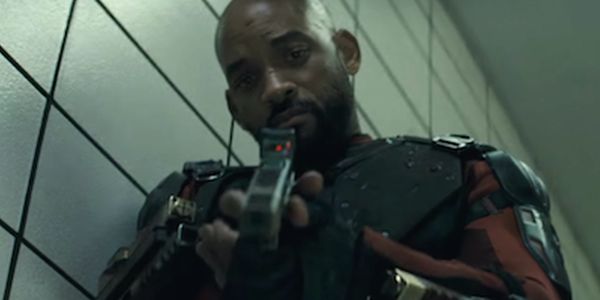
Floyd Lawton / Deadshot (Will Smith)
As his name implies, Deadshot is an expert marksman and assassin. He has a cybernetic eyepiece which boosts his accuracy and enjoys suicide missions, but otherwise possesses no supernatural or fantastic skills. Deadshot’s primary desire is die in a dramatic, spectacular way. Deadshot is a relative unknown to most not deeply familiar with DC comic lore, and this marks his first appearance of this magnitude on the big screen.
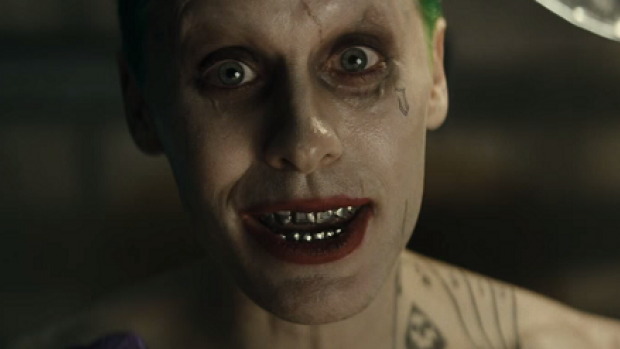
Joker (Jared Leto)
The Joker appears in Suicide Squad, but he’s not actually a member of the squad, which traditionally featured lesser-known characters (who could actually die in the “suicide missions,” as they weren’t valuable properties beloved by fans).
As the first actor to tackle the Joker after Heath Ledger’s universally renowned performance in The Dark Knight (2008), Jared Leto accepted the challenge of portraying a new version of DC’s most-recognizable clown-faced villain. Leto calls Joker “nearly Shakespearean” and a “beautiful disaster of a character,” apparently basing his character on Mexican cartel bosses, the work of Alejandro Jodorowsky, early 20th-century Gospel music and shamanism. Joker’s villainy stems from pure psychopathy, and Leto was widely reported to have embodied the psycho through method acting on and offscreen.
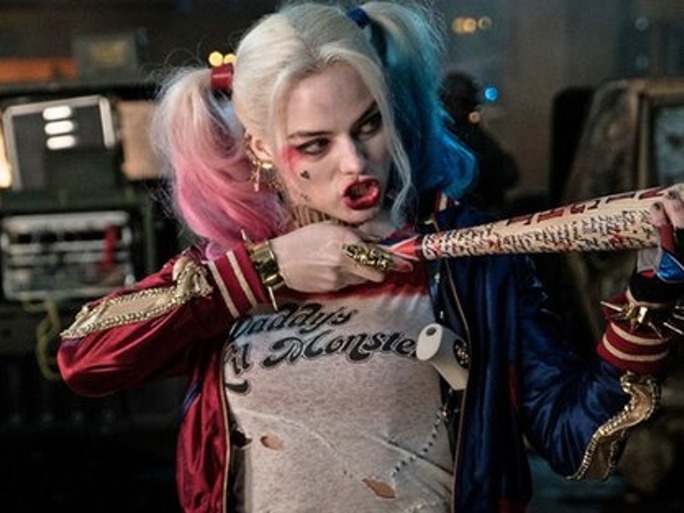
Harleen Quinzel / Harley Quinn (Margot Robbie)
A former psychiatrist, Harleen Quinzel fell in love with Joker during her tenure as his doctor, and turned villain. She is best buddies with Poison Ivy, from whom she gained immunity to most toxins. Harley Quinn, a play on “harlequin,” is an on-and-off girlfriend to Joker, who uses her poorly in an ongoing abusive relationship.
A fan favorite character, she was not an original member of the Suicide Squad. She was introduced later, in the 90s Batman: The Animated Series (1992-1995), and makes her feature film debut in Suicide Squad. Harely’s look in the film bares more skin than the classic harlequin costume and is inspired by a Debbie Harry photoshoot from the 1960s.
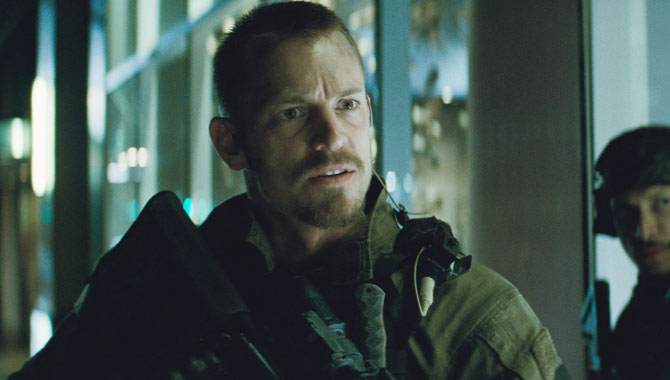
Rick Flag (Joel Kinnaman)
In the comics, Rick Flag is three different characters—a man, his son, and his grandson. The oldest Rick Flag worked with the Suicide Squad during WWII. The film’s Flag remains the field leader of the Suicide Squad, responsible for ensuring the group carries out the actions of director Amanda Waller. He has no superpowers except for an exceptional temper.
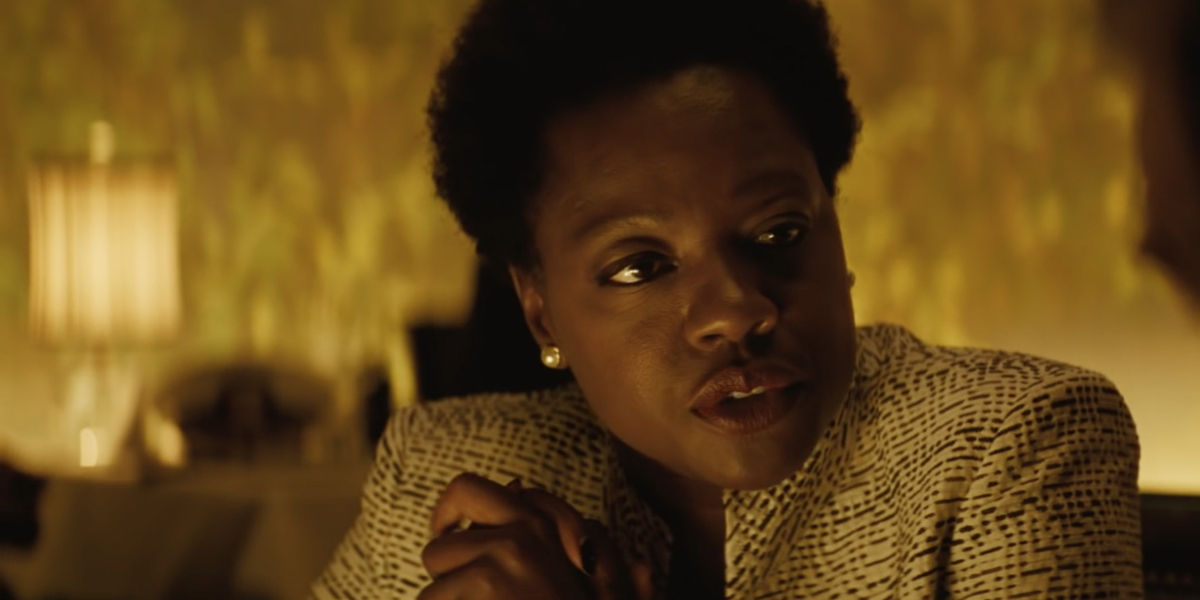
Amanda Waller (Viola Davis)
Overseer of the Suicide Squad’s actions, Amanda Waller is intelligent and devious. Arguably an even greater sociopath than the supervillains she manages, her tactics are as ruthless and forceful as theirs. Viola Davis describes her as a “powerful black woman, hard, ready to pick up a gun and shoot anyone at will.” She could be viewed as the Nick Fury of the Suicide Squad.
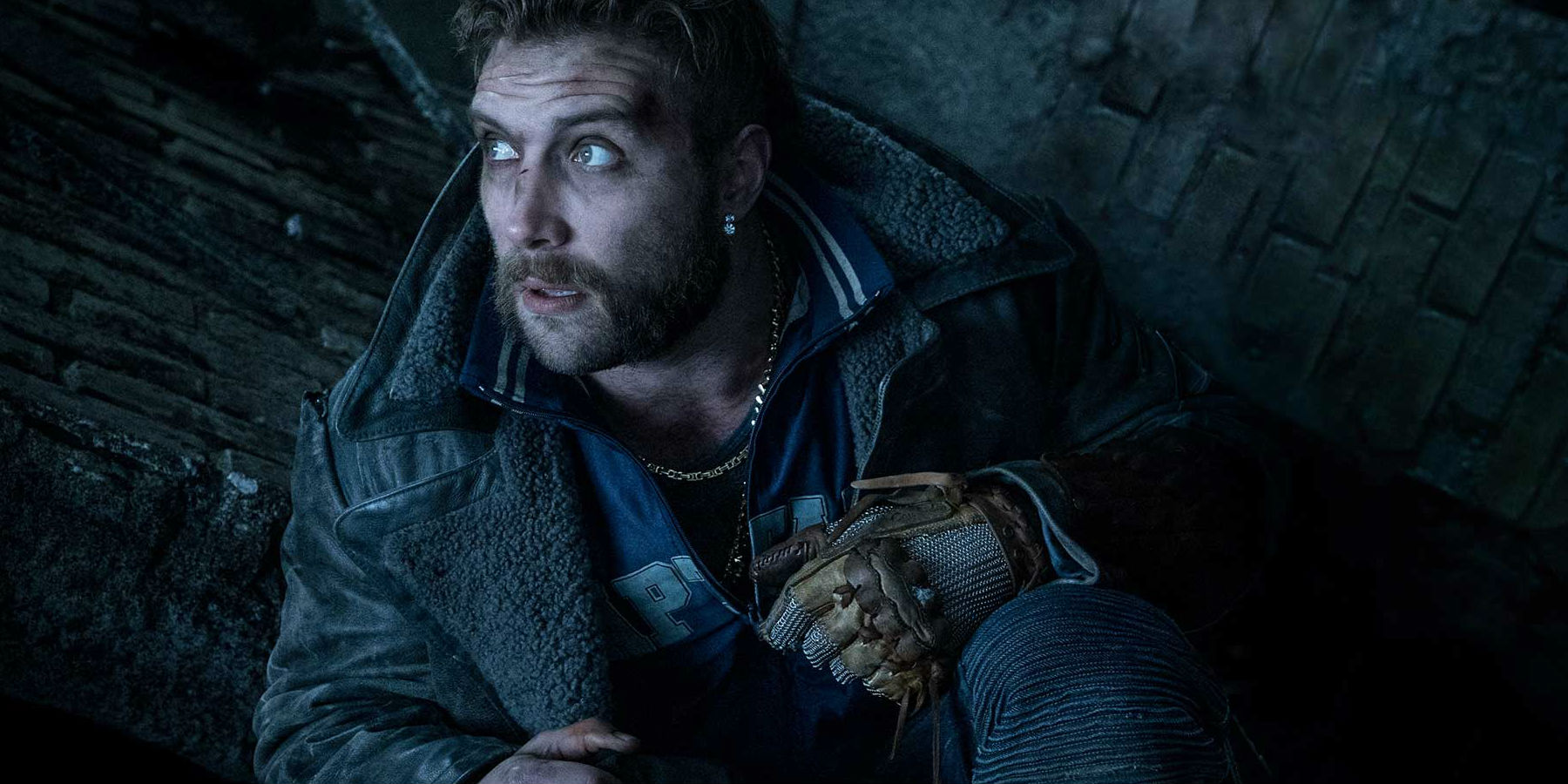
George “Digger” Harkness (or Owen Mercer) / Captain Boomerang (Jai Courtney)
Another of the Squad’s assassin-types, Boomerang quite appropriately uses lethal boomerangs as his weapon of choice. Both George Harkness and his son Owen Mercer have taken the role in the comics (George Harkness is dead in current literature). Captain Boomerang is a regular antagonist of The Flash, and Owen Mercer is related to some of the Flashes enough that he has the occasional fit of super-speed.
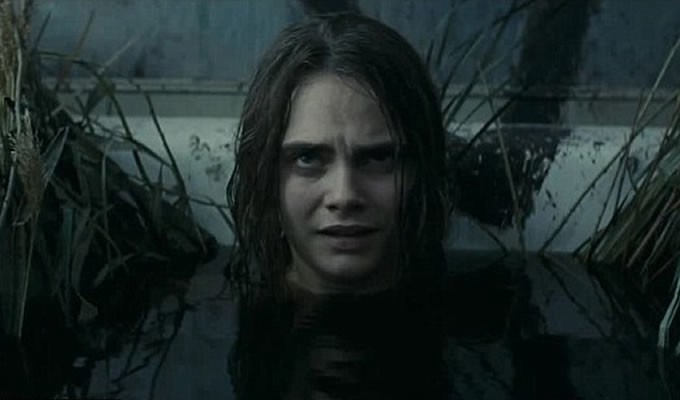
Enchantress / June Moone (Cara Delevingne)
In the comics, Enchantress is both a superhero and a supervillain depending on the story, leading to antihero classification. June Moone struggles to control the powerful yet dark Enchantress within her. At times the Enchantress overpowers her, while June needs to call on the Enchantress to be effective as a member of the Squad. The film is the character’s live-action cinematic debut despite her existing in comics since Strange Adventures #187, published in 1966. She has healing and teleportation powers, among others, all of which she gained after accidentally discovering an ancient magical being named Dzamor while attending a house party as a freelance artist.
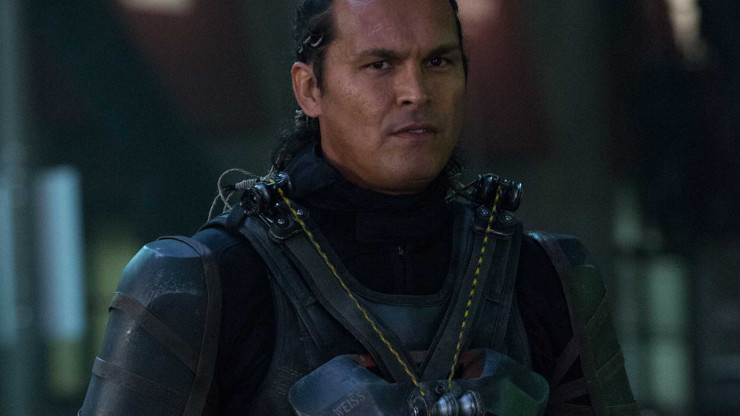
Christopher Weiss / Slipknot (Adam Beach)
Slipknot was employed by a chemical company in the southern United States, where he developed a formula for super durable ropes he would later use as Slipknot. His ropes are nearly indestructible and can be used to strangle, grapple, and bind people indefinitely. He is also a trained assassin—combined with the super-ropes, he is adept at silent takedowns. Suicide Squad also serves as his live-action film debut.
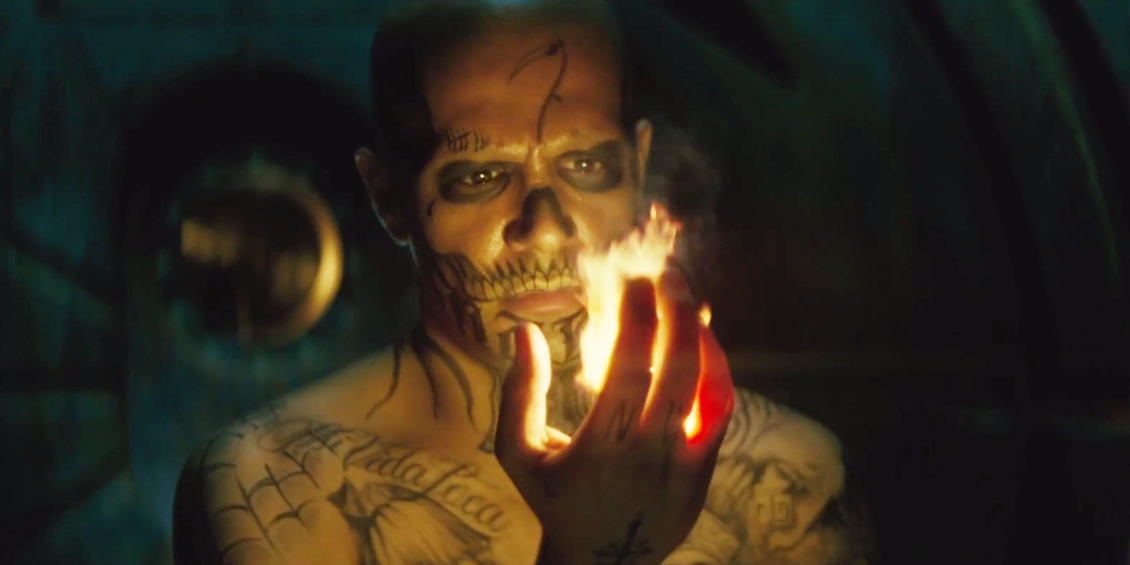
El Diablo (Jay Hernandez)
Multiple characters named El Diablo exist in the comics. The most recent one, Chato Santana, the one we find in the film. A gangster with pyrokinetic skills, El Diablo actually turned himself over to the police after burning down a building to collect a debt, once he realized the building was also inhabited by innocent people. After winding up in Belle Reve, he uses his powers with reservation. Like many others, El Diablo makes his live-action film debut in Suicide Squad.
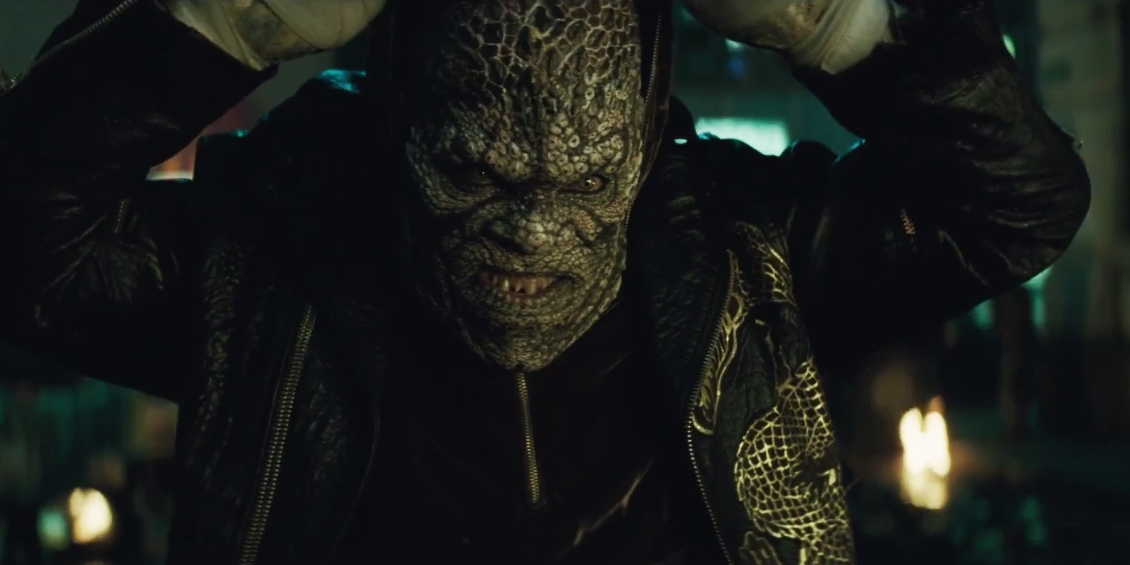
Killer Croc (Adewale Akinnuoye-Agbaje)
Regularly associated with Batman’s rogues gallery, the atavistic reptile-man has armor-like skin thanks to a genetic condition. He started life as a sideshow wrestler before his primitive and violent tendencies transformed him into a dangerous criminal, often showcased with cannibalistic tendencies.

